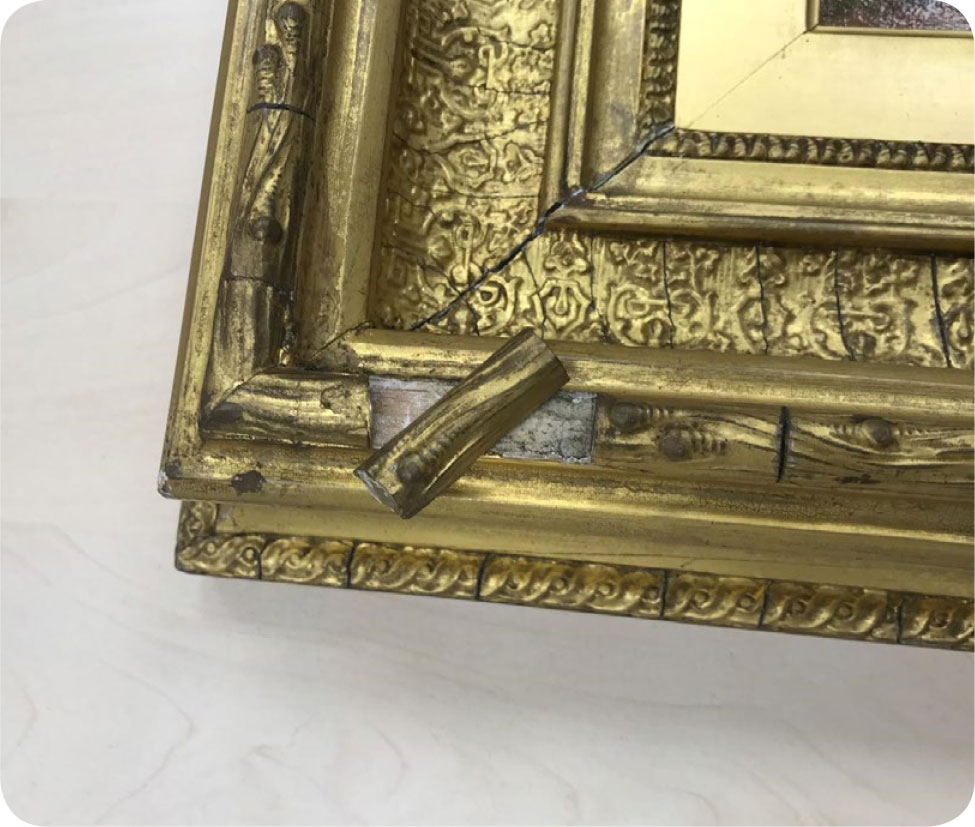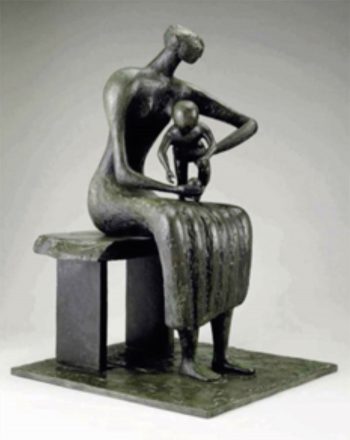The RHS Chelsea Flower Show 2025, is currently underway. In recognition of Chelsea, we are considering an often-neglected area for insurance: the garden.
We will be sharing some recent auction highlights, illustrating the fascinating and valuable items that can be hidden in our outdoor spaces.
The history of British gardening has deep “roots” dating to The Romans. The first pleasure gardens were planted in England almost 2000 years ago. Domestic gardening, as understood today really evolved over the past two centuries. Currently, it is estimated that 78% of British adults have access to a private garden, with the UK garden market worth over £8 billion annually. It is clear, we are a nation of gardeners.
So let us turn our attention to these spaces. Earlier this year, Chiswick Auctions uncovered a fascinating piece in a London garden. What at first glance appeared to be a forgotten broken flowerpot, surrounded by weeds, turned out to be a significant discovery. This unassuming ceramic vessel was an unknown work produced by the eminent studio potter Hans Coper (1920 – 1981). (Chiswick Auctions, Design, 15th April 2025, lot 267). Notable for its monumental proportions, it was one of Coper’s largest creations. Coper’s work is highly desirable and can fetch hundreds of thousands of pounds.

Working with the family, the auctioneers found it commissioned by their late mother in 1964. Unfortunately, at some point, it had been broken into two pieces, the owner then choosing to place it in her London garden.
A lost treasure, the work was estimated at £6,000 to £8,000. Despite its condition, it sold for a total of £45,990.
Investing in garden statuary can significantly enhance an outdoor space, and historical influences continue to shape the design of our gardens.
This results in exceptional items from antiquity, occasionally being unearthed in British domestic gardens.

In May, auctioneers Toovey’s, offered an important bust of the Roman Emperor Septimius Severus (Toovey’s Auctions, Furniture etc, 15th May 2025, lot 2350). Produced in the late 2nd or early 3rd century AD, the sculpture was once part of the collection held at the Perthshire estate of Rossie Priory. It was subsequently obtained in the mid 20th century by the artist Edward Halliday CBE (1902 – 1984).
Halliday chose to exhibit it outdoors. Photographs from the 1950s, show the impressive figure of Septimius Severus on display in the garden of Halliday’s St. John’s Wood home, in one image even wearing a policeman’s helmet. The ancient figure of the emperor remained outdoors until he was consigned for auction.
The bust was offered with a pre-sale estimate of £40,000 to £60,000. The total selling price for this rare survivor was just over £142,000.
Edward Halliday additionally acquired a 2nd century AD cinerary urn also from Rossie Priory (As before lot 2351). This artifact was similarly utilised by the Halliday family as a garden ornament. The carved marble was estimated at £2,000 – 3,000, the result on this occasion was £5,176 (hammer price £4,000).
Several of Britain’s foremost artists and designers have created works specifically for outdoor use. These striking objects and artworks can be prominent features in British gardens.
Archibald Knox (1864 – 1933) was a pivotal figure in the Arts & Crafts movement. Knox’s work was wide ranging. As principal designer of Liberty & Co., his designs helped shape the Liberty ‘look’.
While many are familiar with Knox’s metalwork designs for Liberty, it is worth noting that he also created pieces for the garden. Marketed as ‘Modern Celtic Art’ the range included planters, garden urns, and objects in sandstone and terracotta.
These understated pieces deserve careful attention. In summer 2024, auctioneers Rosebery’s sold a scarce sundial designed by Knox, manufactured by Liberty & Co., circa 1905. (Lot 59, Rosebery’s, Design, 17th July 2024). The ‘Floralis’ pattern work in terracotta and brass sold for a total of over £6,000.
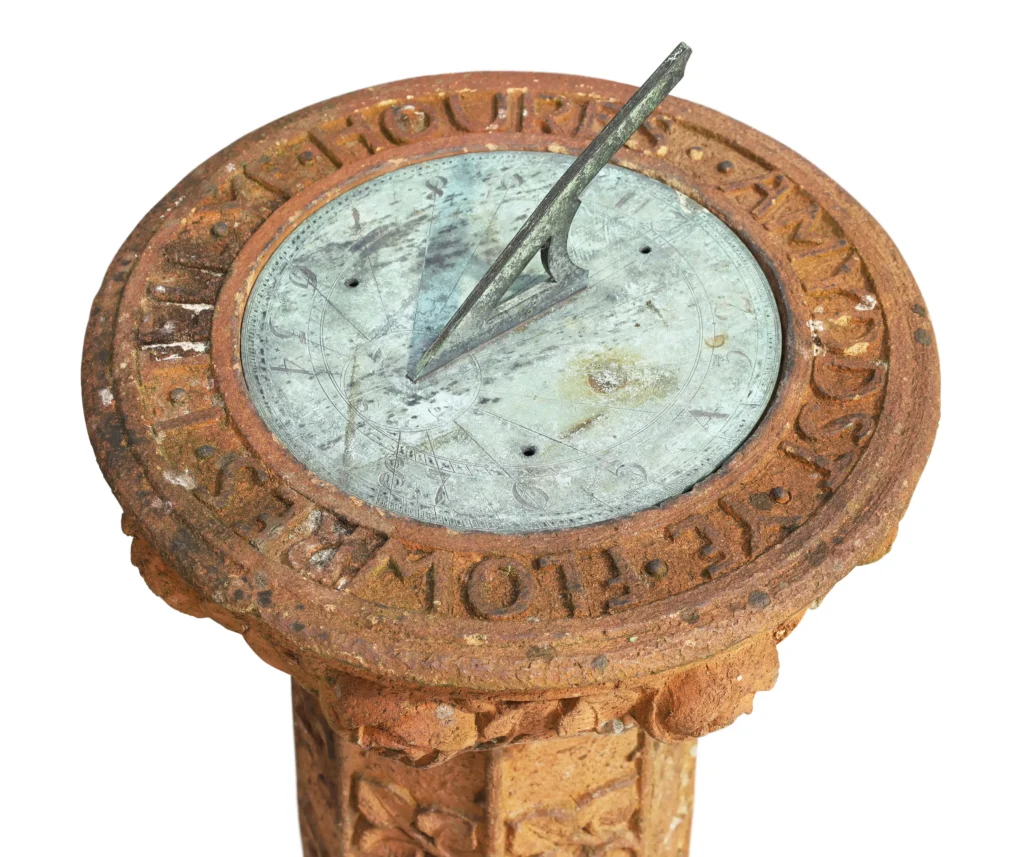
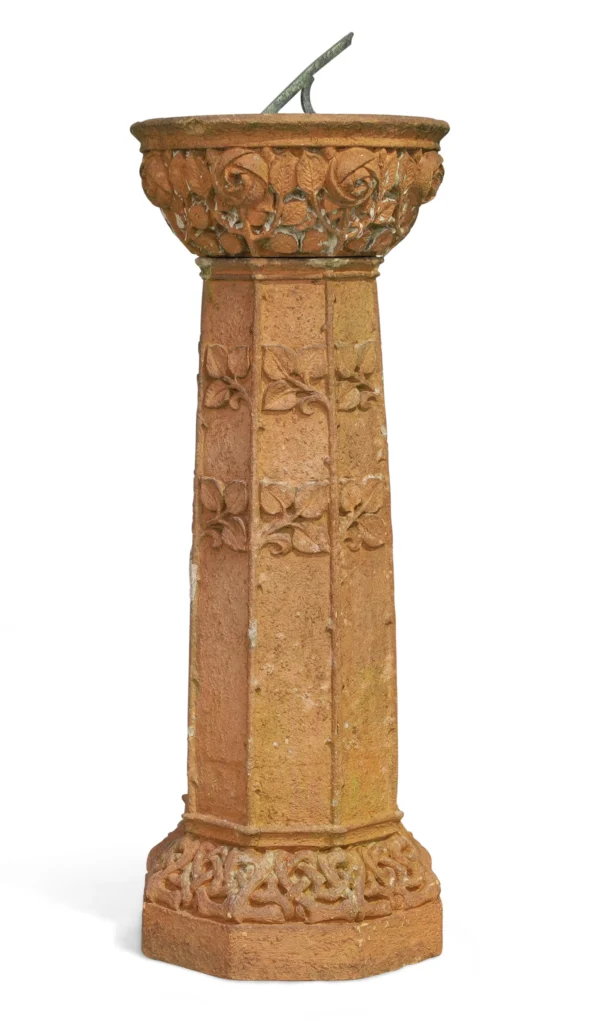
This collection can go unrecognised. If you are considering replacement costs, Liberty urns typically exceed £1,000 on the open market (for an example to illustrate see lot 1491, Mallams Auctioneers – The House & Garden Sale, 25th March 2025).
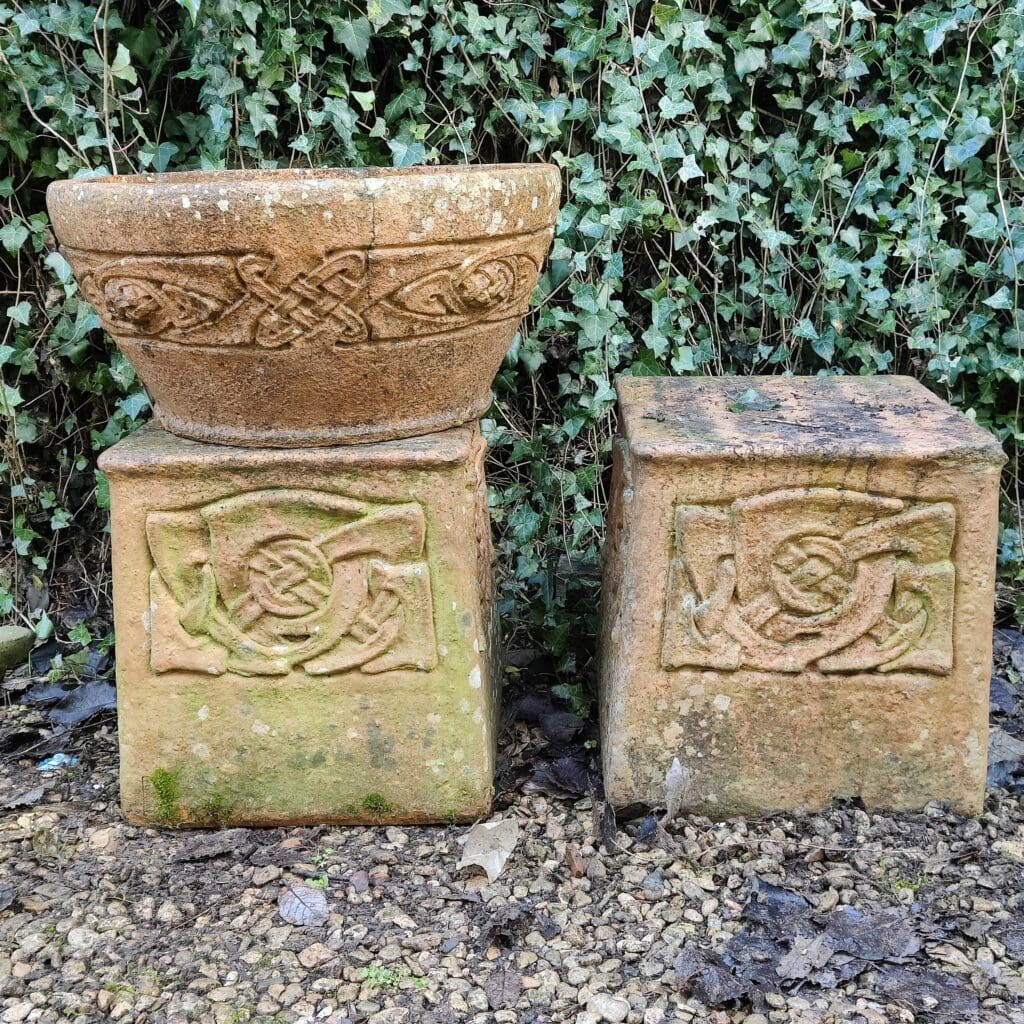
Edward Bawden (1903 – 1989) was a central figure in British art. As a printmaker, painter, and illustrator, he captured a distinctly English perspective. Surprisingly, his work extended to designing garden furniture. Initially creating furniture for his home in Saffron Walden, these pieces were produced commercially in the 1950s, by the Bilston Foundry in Staffordshire.
Bawden’s seating sometimes appears at auction and can occasionally go unattributed. In early 2024 an example of a Bawden cast iron bench emerged at Sworders. In apparently excellent condition it reached a hammer price of £4,000 (Sworders, Design, 16th January 2024, lot 180).

Other notable names include the Coalbrookdale Company (circa 1709 – circa 1927) renowned for its production of cast iron garden furniture, primarily during the 19th century.
Coalbrookdale originals can be worth several thousand pounds. For instance, a rare example of the Osmunda Fern Pattern bench, manufactured in the late 19th century was sold by Dreweatt’s last year. It achieved just over £10,000 (Dreweatt’s, Ken Bolan: My Mind’s Eye, 14th May 2024, lot 185).

Garden enthusiasts may appreciate a quote from British garden designer Gertrude Jekyll (1843 – 1932), “The lesson I have thoroughly learnt, and wish to pass on to others, is to know the enduring happiness that the love of a garden gives…”
To arrange a valuation of your items, call us on 01883 722736 or email us on [email protected].
























